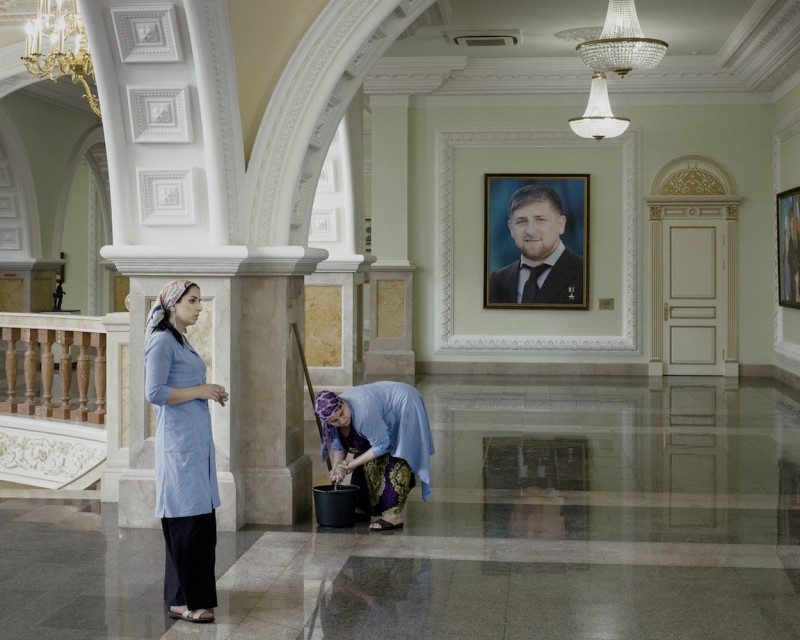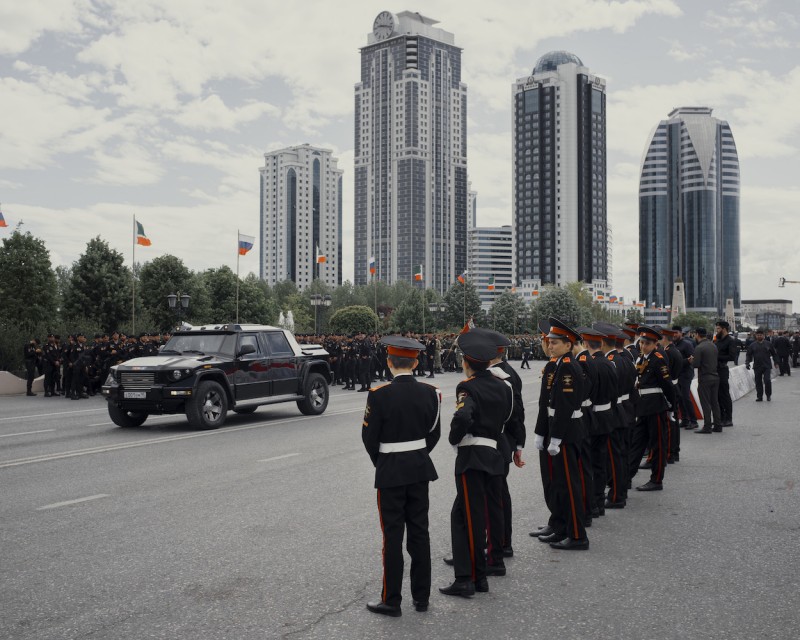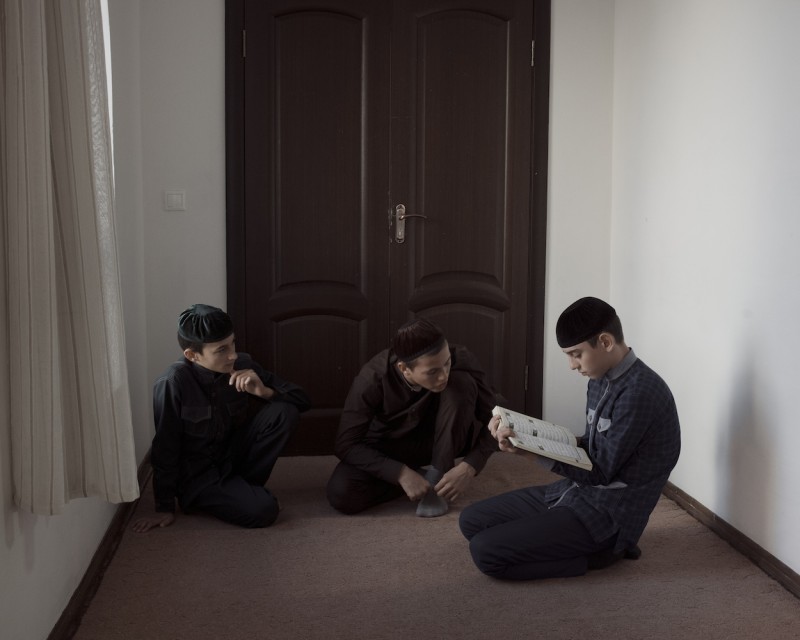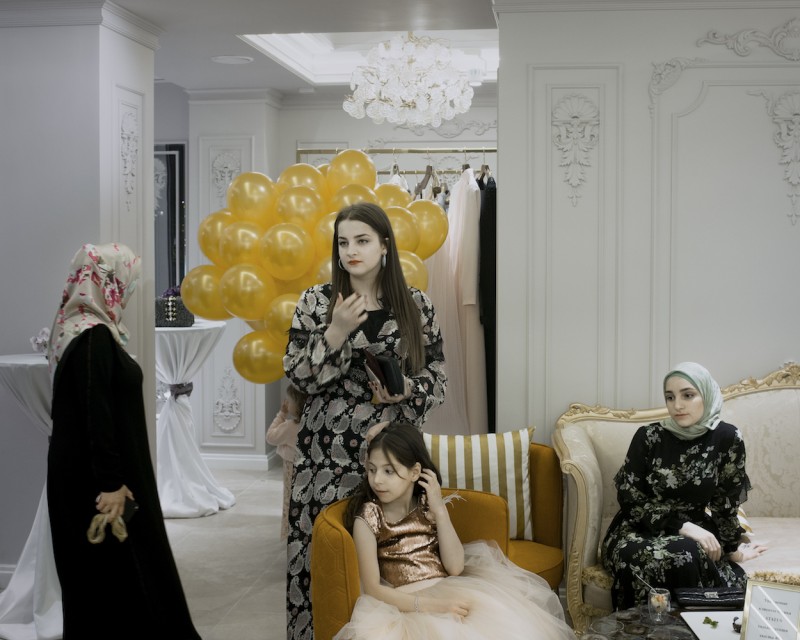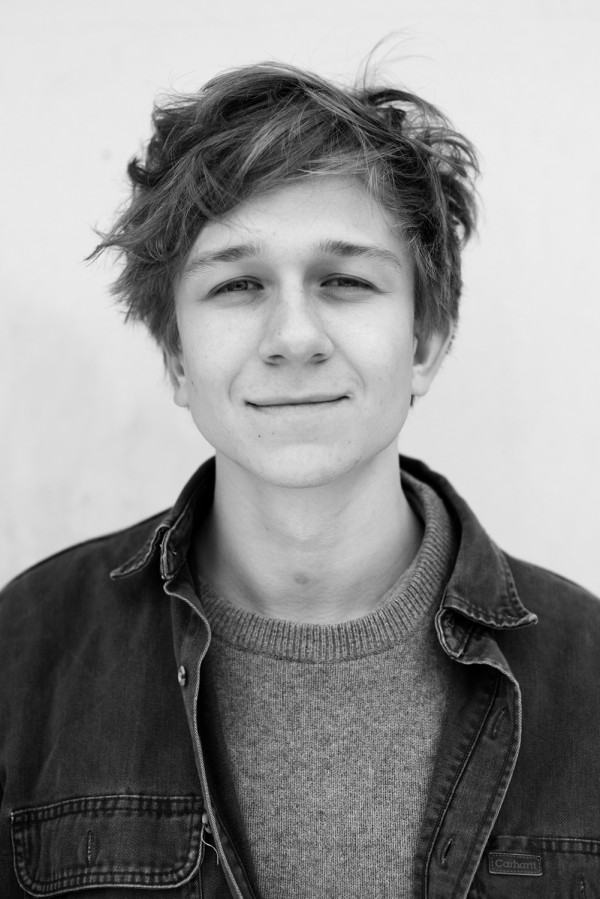The Emperor's New Clothes
The Emperor's New Clothes
Emile Ducke
February 1, 2019
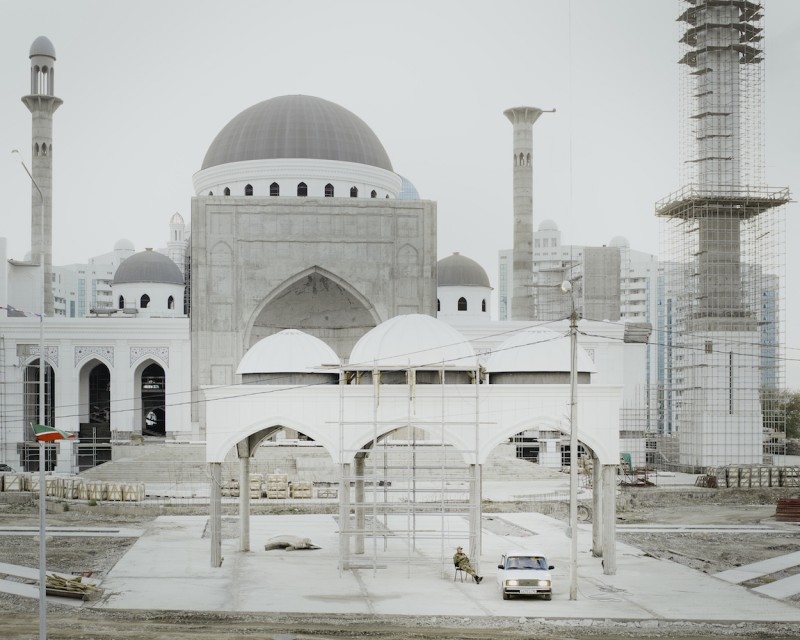
LFI: Chechnya is a part of the world that has not been explored by all that many photographers. What drew you to this region?
Emile Ducke: My first associations with Chechnya were based on the media images of the Second Chechen War that were published all over the world. Later I immersed myself in the books of the Russian journalist Anna Politkovskaya, who reported on Chechnya until she was murdered in 2006. Even though the war has been over for quite some time, there are still disturbing reports of kidnappings, torture and arrests carried out by Chechen security personnel. I wanted to find out what everyday life in such an authoritarian society looks like.
How did you experience your time in Chechnya?
The city of Grozny, with its prestige building projects and the Putin Boulevard as a showcase of splendour, seemed extremely surreal to me. There is an enormous personality cult surrounding Vladimir Putin and the two men he installed as Chechnya’s leaders – the first President Akhmad Kadyrov, and his son Ramzan, who is currently in power. Ramzan Kadyrov is a former rebel whose family switched its allegiance to Moscow during the Second Chechen War. He demonstrates his loyalty to the Kremlin with elaborate celebrations of events such as Victory Day, Russia Day and Putin’s birthday. These events are subject to extremely tight security measures: armed units patrol the perimeters of the venues, access roads are blocked by armour-plated vehicles. This is not only a precaution against potential assailants, but can also be seen as a show of power directed at the population.
What was your perception of the effects of the war on the city of Grozny and its society?
The regime has worked hard to remove all visible traces of war from the city. The ruins have completely disappeared, and you won’t even find remnants such as bullet holes. In the same vein, the war is almost absent from the official narrative: in Grozny’s museums, the two independence wars are referenced as mere footnotes. Only talking to the city’s inhabitants reveals that everyone carries within them their own memories of this dark chapter. Almost every family has lost somebody in the war. The ‘old’ Grozny still lives on in the minds of many inhabitants.
Read the whole interview in LFI 1/2019
Emile Ducke+-
Emile Ducke (born 1994 in Munich) began studying documentary photography in Hanover in 2013, subsequently spending one semester in the Russian city of Tomsk in 2016. Post-socialist societies in Eastern Europe have become the primary focus of his work. Since 2017, Ducke has been based in Moscow, working on reportages that have taken him across the Taiga, to Transnistria and to remote corners of Siberia. More

